Creeping Bamboo Plant
Original price was: ₹899.00.₹459.00Current price is: ₹459.00.
2 in stock
Size: Single plant | Pot Included | Free Shipping
Caring for bamboo plants will cover a lot of the things you need to consider to have success in cultivation and care of bamboo in your garden.
Watering
Although the majority of mature bamboo may not require a lot of water to survive, depending on the species, they will still need access to a water supply. Young or newly planted bamboo plant care will mean watering regularly until they have become established, particularly in hot weather or dry winds.
Once it has grown to maturity it can survive on less water but until then you must ensure it does not dry out, every day if necessary.
All bamboos will benefit from good mulch for nutrients and mulching will also help retain water in the ground, stop it from drying out so quickly in sun or wind. If you plan to grow bamboos on a continually wet plot of land or area prone to a dry climate, study the individual species requirements before you buy. Some do really well with a lot of water supply to the roots but others will thrive in drier climatic conditions.
Weeding
Large and mature bamboos may not be so prone to competitive weeds but the newer planted, young, smaller species , will need to be watched and the area may need periodical weeding.
Although weeds may be few in established groves, a bit of weeding is all part of the care of bamboo process.
Fallen Leaves
A substantial number of the leaves of these plants will usually yellow and fall off in the spring. This is quite normal so don’t be concerned. Even evergreen plants lose and renew their leaves in the spring.
Do not to rake or sweep up the bamboo leaves from under the plant unless you desperately need to. They protect the soil, roots and rhizomes from becoming too hot, cold, and dry as they keep the soil soft, and moist, and also recycle silica and other natural chemicals necessary to the bamboo.
Leaves make very good mulch, and caring for bamboo plants is not so intensive if you have applied a mulch.
Does Bamboo need maintenance?
If you want the best dressed Bamboos in town you should cut out the old and dying culms that are 3 years and older. But be careful not to cut too many out as they often support the new shoots as they extend to the sky. Keep your Bamboos well mulched and weed free. 80% of a Bamboo’s roots are in the first 200mm of soil and extend a few meters from the plant. So if you wish to irrigate them you should wet the soil a few meters all around your Bamboo. A maintained clump is a very handsome plant. A clump can be sculpted to have a few culms or just the biggest culms and make it an open clumped or a tight clumped bamboo. You can prune of the lower branches to get a better view of the culms. By maintaining you clumps you will have poles to create a thousand things . Hedges only need to be cut to height once a year. Many species need no maintenance to look stunning. Get you creative juices flowing sculpt a clump of bamboo.
Winter Protection
For young bamboo plants that have been planted late in the year and are about to face their first winter, spread heavy mulch around the plants and provide some protection from cold and drying winds.
Plants that are already established can usually be successfully protected through the winter with heavy mulch. This will keep the soil soft during periods of extreme cold ,it can protect the soil from becoming frozen solid.
Caring for bamboo plants in containers during winter should include placing them in a sheltered position out of extreme frosts to prevent the soil freezing solid for long periods.
Fertiliser
Basically, any fertiliser that is good for lawns, grasses, palms, etc will be good for all bamboo varieties. The Eco88s and SuperGrass are organic blends with added nitrogen.
These fertilisers include granular nitrogen which means that they should be spread on top of the soil and then watered in (ie. top dress applications). They should not be used in the hole when planting, as they may damage the roots.
When planting our smaller sized bamboo plants, use equivalent of a heaped tablespoon of fertiliser on each newly planted bamboo – spread within a radius of about a foot from the plant (this encourages roots to grow outwards).
For mature clumps of bamboo, you may apply 5 to 10 hand fulls around each clump (1 to 2 meter radius from the clump).
The times to add fertiliser is directly after planting and during the main growth season. The main growth occurs between November to April, thus fertilising around September or October gets them off to a good start for the year, and then you can fertilise again every one or two months up to about April.
Organic fertilisers like Blood-and-Bone, Dynamic Lifter, seaweed fertiliser or manures are all ok to use but will still benefit from additional nitrogen
Only logged in customers who have purchased this product may leave a review.

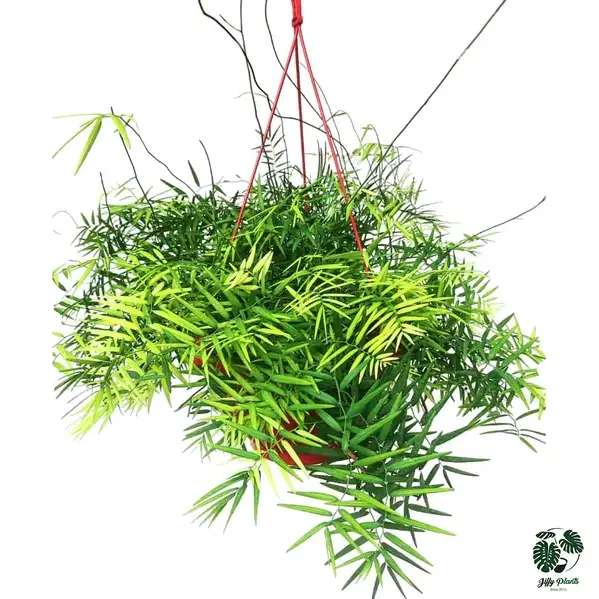
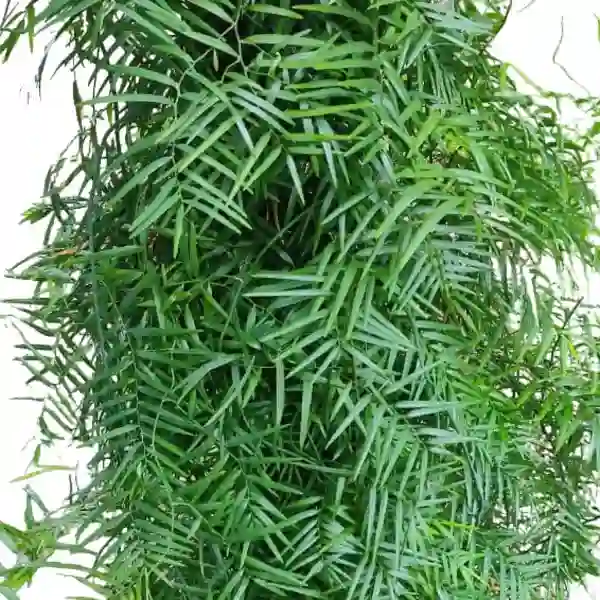
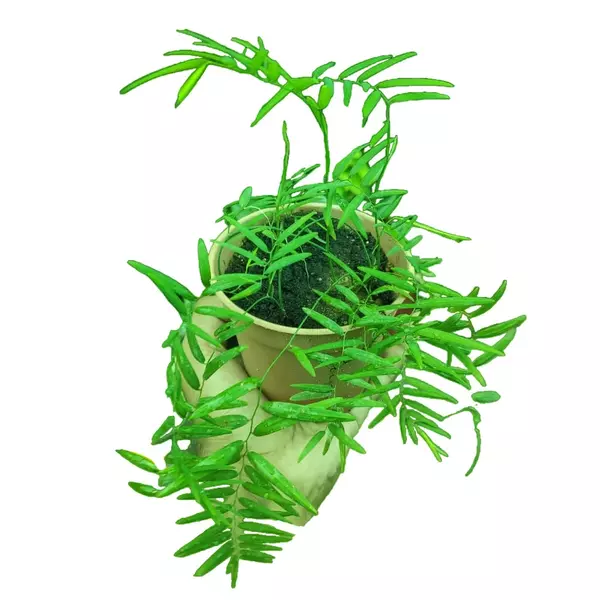

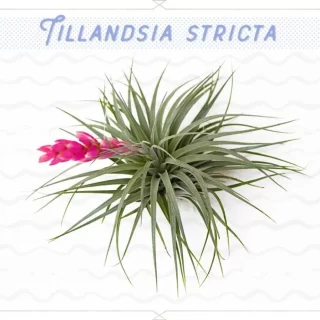
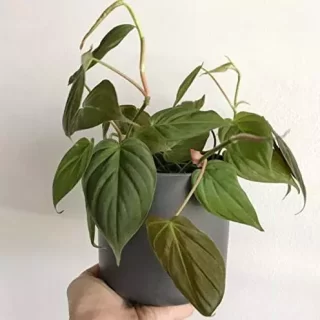
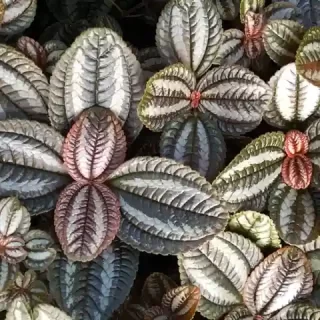
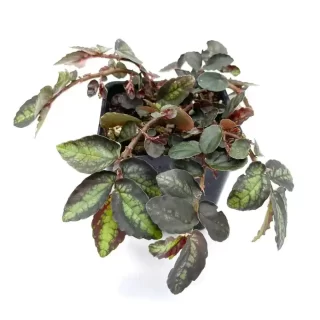
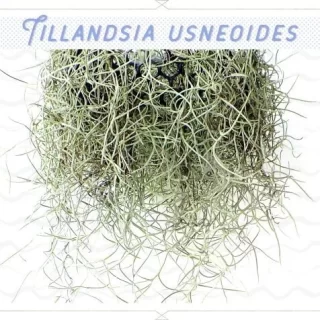
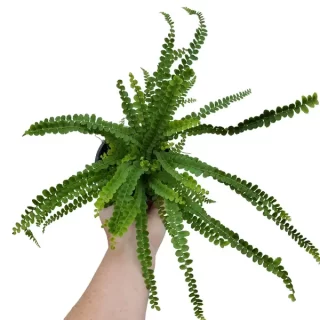
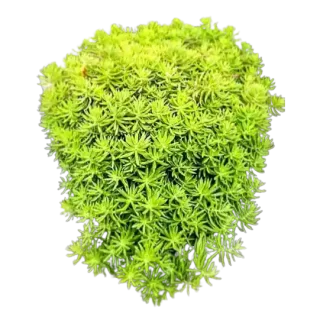
 If you need any assistance, I'm always here. Have you found what you were looking for?
If you need any assistance, I'm always here. Have you found what you were looking for?
Reviews
There are no reviews yet.